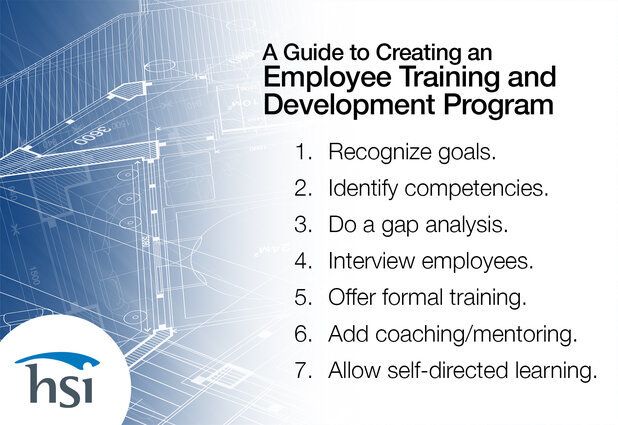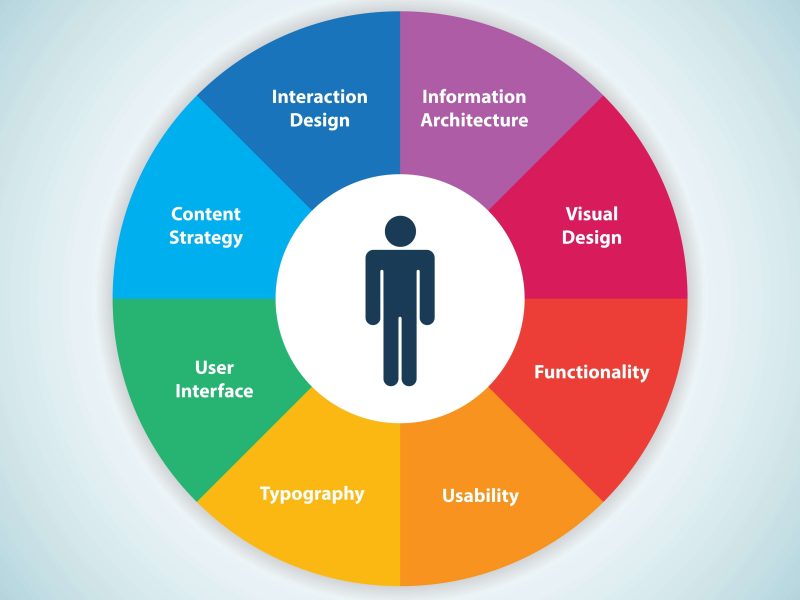Employee training and development programs play a crucial role in enhancing the skills and knowledge of employees in an organization. These programs are designed to improve productivity, efficiency, and overall job satisfaction. In this article, we will explore the importance of employee training and development and how organizations can establish effective programs for their workforce.
The Benefits of Employee Training and Development
Investing in employee training and development programs can have numerous advantages for both the employees and the organization as a whole. Let’s take a closer look at some key benefits:
1. Skill Enhancement
Training programs provide employees with the opportunity to develop new skills and enhance existing ones. This allows them to perform their tasks more effectively and efficiently. Skill enhancement can lead to improved job performance and increased confidence in handling challenging responsibilities.
2. Increased Employee Satisfaction and Retention
When an organization invests in the growth and development of its employees, it creates a sense of value and appreciation. This, in turn, increases job satisfaction and reduces turnover rates. Employees are more likely to be loyal and committed to an organization that actively supports their professional growth.
3. Stay Competitive
In today’s fast-paced business environment, organizations must stay ahead of the competition. Training and development programs help employees stay up-to-date with the latest industry trends and technologies. This enables the organization to remain competitive and adapt to changing market demands.
Establishing Effective Training and Development Programs
To ensure the success of employee training and development programs, organizations should focus on the following key aspects:
1. Assess Individual and Organizational Needs
Before designing any training program, it is important to evaluate the specific needs of both the employees and the organization. This can be done through surveys, performance evaluations, or discussions with employees and managers. Identifying skill gaps and areas for improvement helps create targeted and customized training programs.
2. Set Clear Objectives
Clearly define the objectives and goals of the training program. These should align with the overall organizational objectives and should be measurable. Clear objectives help employees understand what is expected from them and ensure that the training program is focused and effective.
3. Provide Various Learning Opportunities
One-size-fits-all training programs may not be effective for all employees. Offering a variety of learning opportunities, such as workshops, seminars, e-learning modules, or mentoring programs, allows employees to choose the method that suits their learning style best. Providing a range of options also keeps the training program engaging and interactive.
4. Evaluate and Monitor Progress
Continuously evaluating the effectiveness of the training program is essential. This can be done through assessments, feedback sessions, or by monitoring the application of newly acquired skills in the workplace. Regular evaluations help identify any gaps or areas of improvement and ensure that employees are benefiting from the training provided.
Conclusion
Employee training and development programs are crucial for the success of any organization. They promote skill enhancement, increase employee satisfaction, and help organizations stay competitive in today’s rapidly evolving business landscape. By focusing on assessing individual and organizational needs, setting clear objectives, providing diverse learning opportunities, and continuously evaluating progress, organizations can establish effective and impactful training programs that benefit both the employees and the organization.


